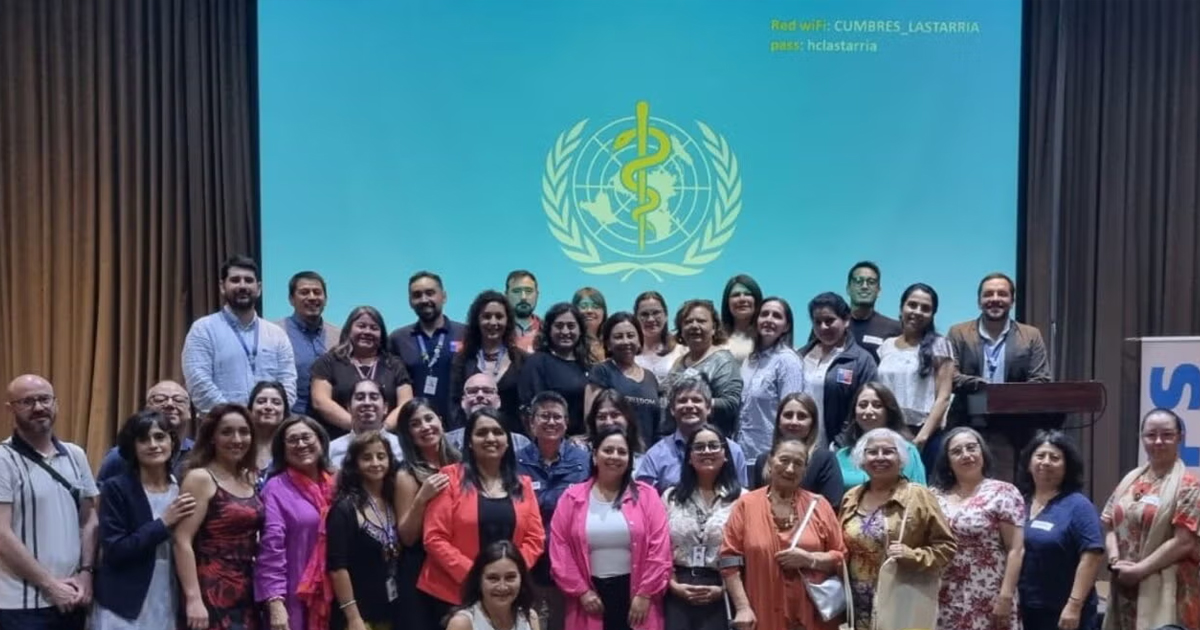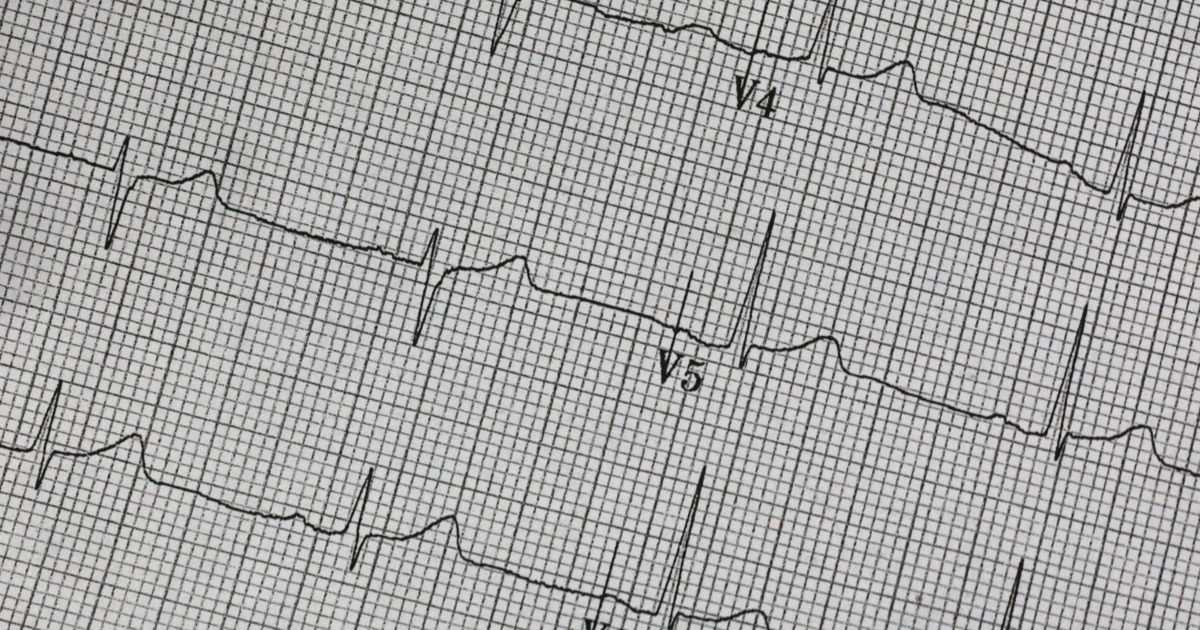El abuso de sustancias es prevalente en entornos hospitalarios y deriva de diversas condiciones conductuales, además es una problemática difícil de identificar de manera integral y confiable.
El número de visitas al hospital relacionadas con el uso de sustancias en Estados Unidos aumentó durante la pandemia, y a pesar de ser no ser una situación reciente, no hay suficientes herramientas para la detección de este tipo de condiciones. Por ello investigadores en Estados Unidos, desarrollaron un modelo de Artificial Intelligence (AI) para atender esta situación y publicaron un estudio que ofrece detalles sobre un algorithm que desarrollaron para identificar el uso indebido de sustancias a través de Artificial Intelligence.
El estudio titulado “Desarrollo y validación multimodal de un algorithm de uso indebido de sustancias para derivación a tratamiento utilizando inteligencia artificial (SMART-AI): un estudio retrospectivo de aprendizaje profundo”, tuvo como objetivo utilizar el procesamiento de lenguaje natural (PLN)y notas clínicas en registros clínicos electrónicos para detectar con precisión el abuso de sustancias.
El modelo presentado en el estudio, fue entrenado en un conjunto de datos perteneciente al Rush University Medical Center de Chicago, con datos disponibles desde 2017 hasta el 31 de diciembre de 2019. El enfoque clave para el desarrollo de esta herramienta, fueron las notas de ECE realizadas durante las primeras 24 horas del paciente, a estas les fue asignado vocabulario médico estandarizado y se clasificaron con etiquetas de modelos de una red neuronal.

“Un enfoque de machine learning trata cada palabra como una característica y no requiere experiencia en la materia, a diferencia de los modelos que se basan en palabras clave y sistemas basados en reglas”, detalla el estudio.
El modelo fue entrenado en una cohorte de 1,912 pacientes con registros del 3,5% de abuso con cualquier tipo de sustancias, de los cuales 202 tenían abuso a más de un tipo de sustancias.
“Desarrollamos y luego validamos temporal y externamente una herramienta de detección precisa para identificar casos de abuso de sustancias. Nuestro modelo mostró una buena calibración y validez aparente. Con este modelo, ofrecemos un enfoque automatizado para detectar múltiples tipos de abuso de sustancias simultáneamente”, explica el estudio.
You can consult the full study at the following link: https://www.thelancet.com/journals/landig/article/PIIS2589-7500(22)00041-3/fulltext







